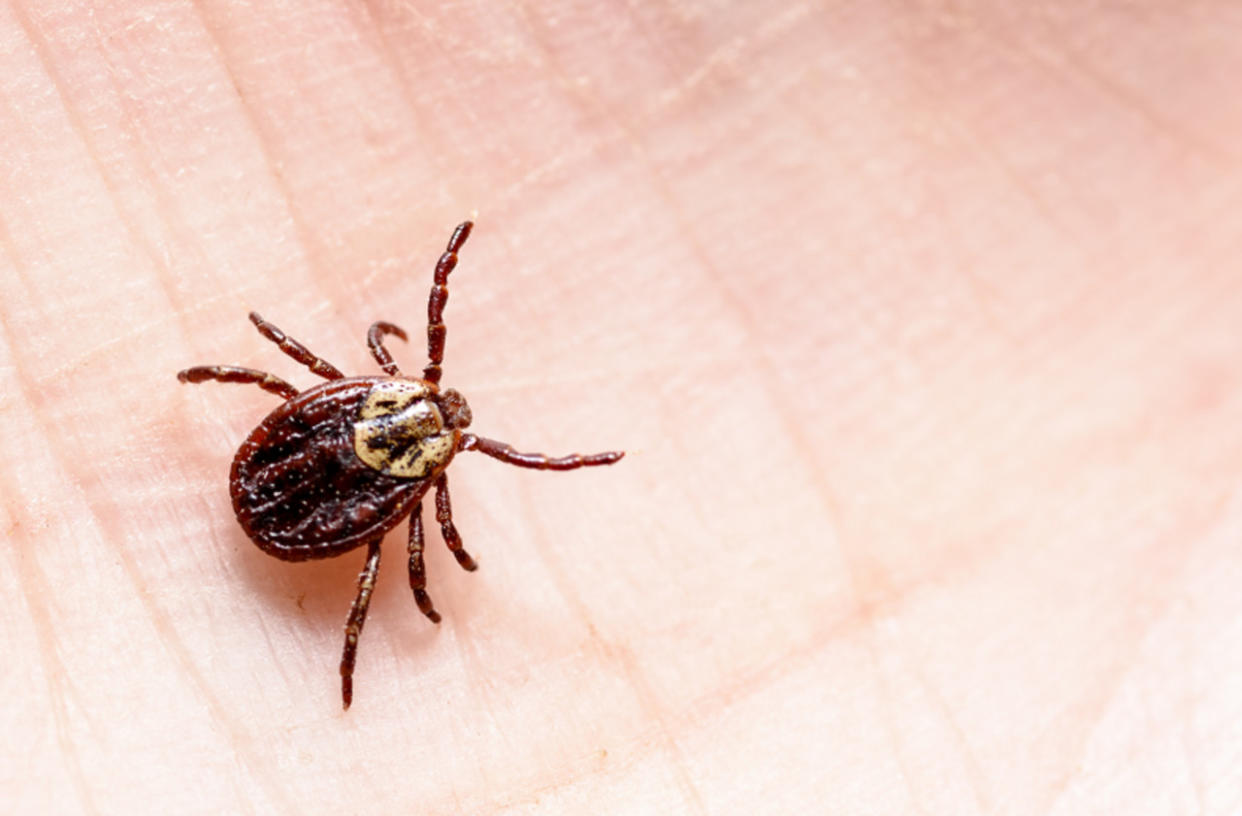TICK SEASON: How to protect your pets

While they may be tiny, they can pose huge problems for your pet.
Veterinarian Dr. Clayton Greenway has five little-known facts that owners need to know about ticks to prevent pain, suffering and disease in your furry loved ones.
1. Ticks and fleas are a rising concern in Canada
Climate change has allowed animals like deer and birds, who carry ticks, to travel to more parts of the country throughout the year. Because of these changes in migratory patterns, ticks have become a rising concern in Canada. Tick populations have grown 10 times over the past two decades, with their territory expanding about 45 km north each year.
DON'T MISS: How to survive mud season with your pets
2. There are dozens of species in North America
There are roughly 40 species of ticks living throughout Canada. For one, there's the deer tick, which is common across the country. Canada is also the home of the large dorsal-sporting ixodes angustus, the rash-inducing lone star tick, and the brown dog tick, among others. Black-legged ticks are the primary vectors of the Lyme disease bacterium borrelia burgdorferi.
3. Before ticks feed they are about the size of a fleck of pepper
It’s very important to check your children and pets thoroughly every time they wander into tick territory like parks and forests because after finding a host, ticks can attach and feed for up to 12 days. They can live up to 100 days and can lay up to 50 eggs a day. If you find a tick, remove it right away and save it for your vet or doctor to identify. Protect your pets with products that work through contact to reduce the risk of tick attachment.
RELATED: They're back! Watch out for these three insects this spring
WATCH BELOW: Ticks are laying eggs in spring, do this to keep them away
4. Ticks can quickly spread an array of diseases – not just Lyme
The deer tick is known to spread Lyme disease. It can cause fever, lethargy, kidney damage, and inflammation of the joints in your pet. Other diseases spread by ticks can include: rocky mountain spotted fever, babesiosis and anaplasmosis. While a tick must feed for 24 hours to transmit Lyme disease, other bacteria such as ehrlichia can be transmitted in as little as three hours.
DON'T MISS: Ticks and Lyme disease are a growing concern in Ontario
5. If it can’t bite, it can’t spread disease
When thinking about prevention, no bite is right. Edible options are systemic, meaning a tick has to bite your dog for the medication to kick in. Some non-systemic treatments are applied directly to the skin as a proactive measure. When a tick hops aboard your pet, it becomes uncoordinated and paralyzed, allowing the medication to soak in and eventually kill the parasite.
WATCH BELOW: Dr. Clayton Greenway's little known facts we bet you didn't know about ticks
Symptoms
The disease is a serious illness and symptoms can include fatigue, fever, headaches and skin rash.
Due to the minuscule size, bites are mainly painless and can go unnoticed until symptoms set in.
Tick bites often resemble a 'bull's eye'; a red bite mark surrounded by rings of red, swollen skin.
If left untreated, Lyme disease symptoms could progress to cardiac symptoms such as heart palpitations, arthritic symptoms, extreme fatigue, general weakness and central and peripheral nervous system disorders.
Preventative measures
Wear pants and long-sleeved shirts.
Pull socks over pant legs when walking through tall grass.
Use insect repellent containing DEET or Icaridin.
Wear light colours so ticks are easily visible.
Conduct "full body" tick check daily on yourself, your children and pets.
Spot a tick?
Remove tick immediately using fine-tipped tweezers, or tick twisters for pets.
Do not squeeze the body as this can accidentally let Lyme disease bacteria into the body.
Do not put anything on the tick or try to burn it as this may also lead to the tick releasing bacteria into the bite area.
Clean the bit area with soap and water.
WATCH BELOW: What bit me? How to identify insect and spider bites
Editor's note: This article was originally published in May 2019.
Thumbnail photo credit: Getty Images/stock photo.


